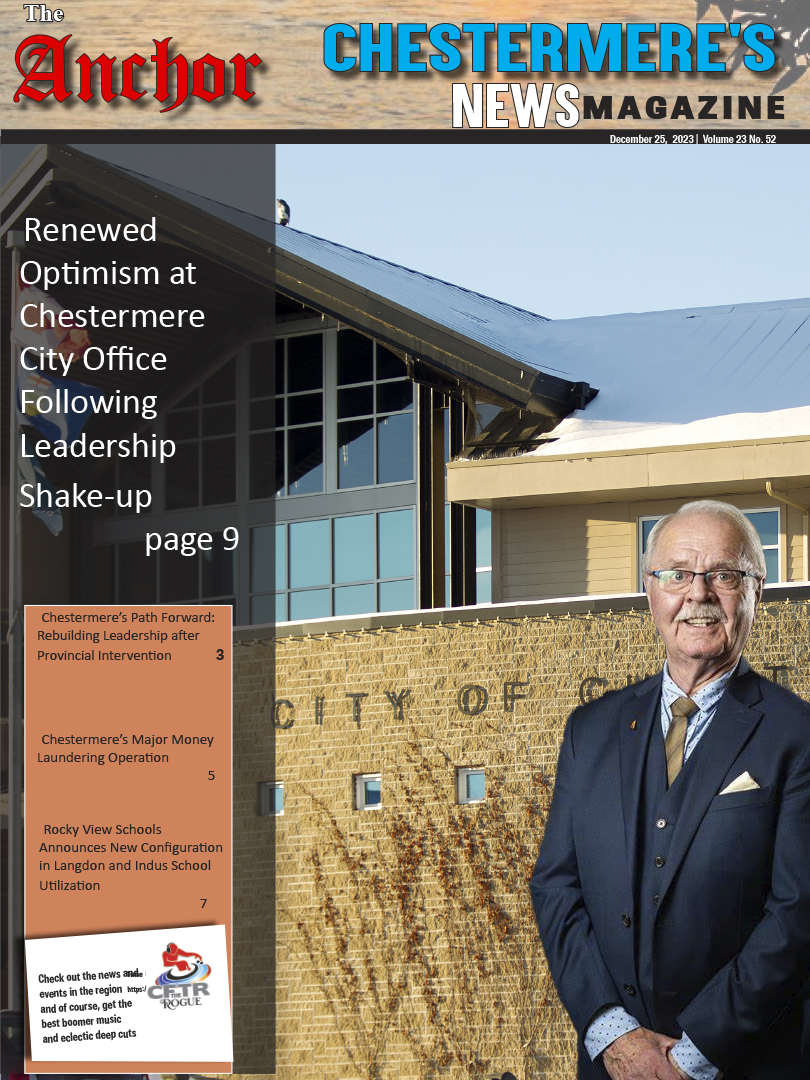COVID-19 projections have decreased as government released new probable and elevated scenarios.
As of April 28, there were 4,850 total confirmed COVID-19 cases, 82 hospitalizations, and 21 admissions to the Intensive Care Unit (ICU).
“The number of hospitalizations and ICU admissions remain well below the levels that were modelled in the original Alberta Health Services (AHS) modelling three weeks ago,” said Alberta Premier Jason Kenney.
“It’s encouraging to know that we are still doing a very good job in containing and managing the outbreak,” he said.
Adding, “I’m pleased that our updating COVID-19 data and modelling show the efforts used to reduce the peak of the virus are working.”
The new COVID-19 projections are below what the modelling data had originally projected.
“While this is good news, we must, of course, remain vigilant,” Kenney said.
“The health care system continues to be very capable to manage the impact of COVID-19,” he added. “Albertans are doing their part by following public health orders, practicing physical distancing, good hygiene, and staying at home when possible.”
Using the most current Alberta data, AHS and Alberta Health have updated the probable and elevated COVID-19 scenarios.
The updated probable scenario now estimates 596 people will require hospitalization when the virus reaches the peak.
The projection is a reduction from the previous scenario which suggested there would be 818 people who would require hospitalization.
The probable scenario also estimated that 190 people will require critical care in ICU when the virus reaches its peak, which is a reduction from the original 232.
The new elevated scenario now estimates 745 people will require hospitalization from the virus when it reaches the peak.
This is also a reduction from the previous scenario, which suggested 1,570 cases would require hospitalization.
The updated elevated scenario now estimates 248 people will require critical care when the virus reaches its peak, which is a reduction from the original modelling which suggested nearly 400.
“We have also created a new low scenario, because we were looking at the actual performance in Alberta versus the probable and elevated models,” Kenney said.
“I challenged our team that’s working on the modelling to come up with a model that is closer to what we are actually experiencing here rather than being based on assumptions that we are largely drawing from other jurisdictions,” he said.
The new projection takes into account the low hospitalization rate for Alberta.
“If trends continue as they are, this new low scenario could become the most likely scenario for Alberta, and let’s hope that’s the case,” Kenney said.
The new scenario suggests that nearly 300 people will require hospitalization when the virus reaches the peak.
The new low scenario suggests 95 people will require critical care when the virus reaches its peak.
Alberta is experiencing lower hospitalization rates due to the young population, and a high rate of testing.
“This high rate of testing means we have a higher proportion of confirmed cases with relatively weak symptoms that do not require acute or critical care in hospital,” Kenney said.
The probable and elevated scenarios anticipated that nine per cent of COVID-19 cases will require hospitalization.
The updated probable and elevated scenarios suggest that two per cent of COVID-19 cases will require hospitalization, with the new likely scenario suggesting one per cent of cases will require hospitalization.
“Overall, based on the real experience we have seen, the modellers at AHS and Alberta Health are bringing their models down, and we have a new low track that is much closer to what we’ve actually been experiencing,” Kenney said.
“Alberta Health will continue to refine its modelling to ensure the health care system is prepared,” he said.
Moving forward, AHS, Alberta Health, and the government of Alberta will continue to watch the rate of hospitalizations, ICU capacity, and the rate of growth in COVID-19 cases.
“We’re not yet at the point of returning to our normal life, but I want to stress that Alberta government is working around the clock on a phased approached to relaunch our economy,” Kenney said.
In order for the relaunch of the economy to be successful, Kenney is urging Albertans to remain vigilant, keep each other safe, and continue to listen to the advice of public health officials.
“As I said when we released the original modelling, they did not constitute our fate, but rather a challenge, and Albertans have been rising to the challenge,” Kenney said.
“Our course we are concerned about some recent outbreaks, but overall the trends, especially in terms of hospitalization continue to be encouraging,” he said.






